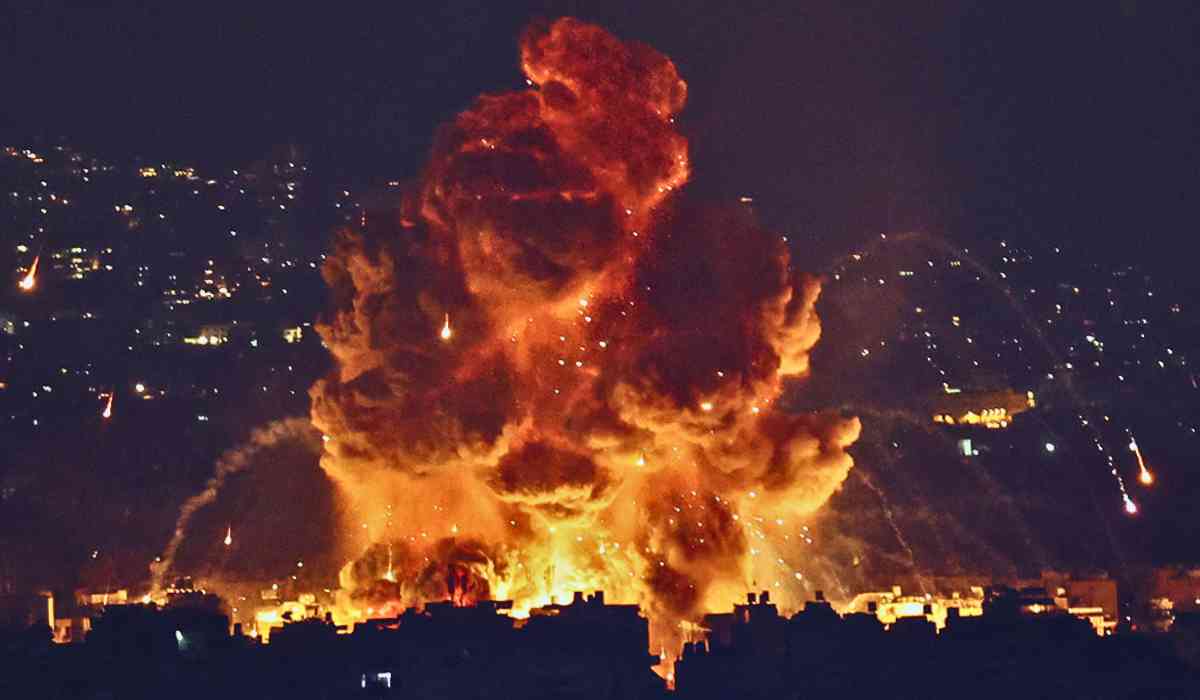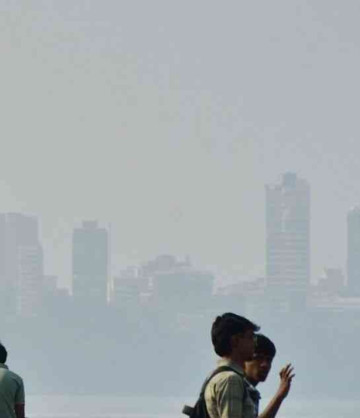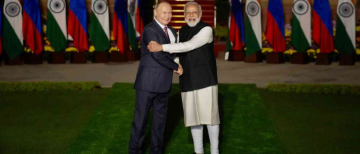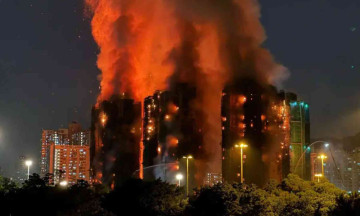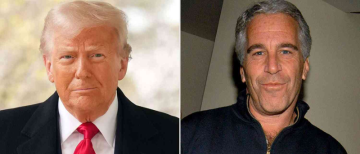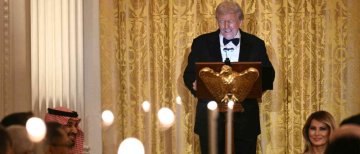The Iran-Israel conflict, long simmering beneath the surface of Middle Eastern politics, erupted into open warfare in June 2025. This article breaks down the major events, explains why the conflict matters.
Timeline of Recent Events
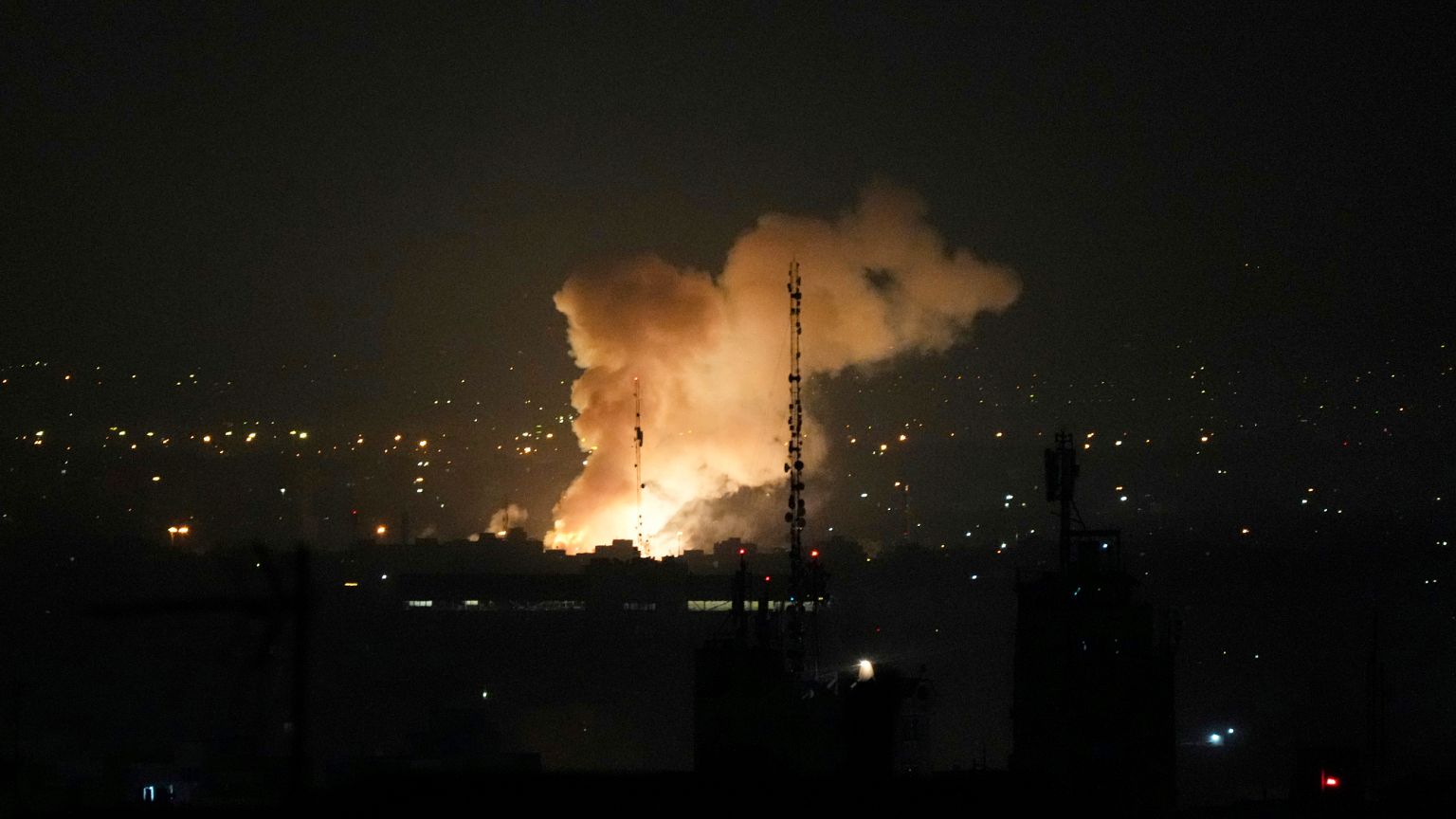
June 12, 2025:
Israel launches "Operation Rising Lion," a surprise series of airstrikes and drone attacks on Iranian nuclear and military sites. Key targets include Tehran, the Natanz uranium enrichment facility, a nuclear research center, two military bases in Tabriz, and an underground missile storage site in Kermanshah.
June 13-16, 2025:
-
Israel claims to have achieved air superiority over Tehran, destroying significant portions of Iran’s missile launchers and eliminating top Iranian military commanders and nuclear scientists.
-
Iran retaliates with "Operation True Promise 3," launching waves of ballistic missiles and drones at Israeli cities, including Jerusalem and Tel Aviv. Several Israeli towns and a major oil refinery in Haifa are hit.
-
Air defense systems are activated in both countries, and civilians are caught in the crossfire. Iran reports at least 224 deaths (mostly civilians), while Israel reports 24 civilian fatalities and over 592 injuries.
June 16, 2025:
-
The International Atomic Energy Agency (IAEA) confirms physical damage to Iran’s Natanz facility but notes no abnormal external radiation levels.
-
Planned nuclear negotiations between Iran and the United States, scheduled in Oman, are canceled due to ongoing hostilities.
June 17, 2025:
-
The conflict enters its fifth day. Israeli airstrikes continue, and Iran’s air defenses respond to new attacks. Explosions are reported in Tehran and Natanz, while Israeli cities remain on high alert.
-
U.S. President Donald Trump urges residents of Tehran to evacuate and calls for Iran to accept a deal limiting its nuclear program. The international community, including China, Turkey, and G7 leaders, calls for de-escalation, but both sides remain defiant.
-
Israel hints at further escalation, even suggesting possible strikes on Iranian Supreme Leader Ayatollah Ali Khamenei.
Why Did the Conflict Erupt?

The roots of the Iran-Israel conflict go back decades. Israel has long viewed Iran’s nuclear program as an existential threat, fearing Iran could develop atomic weapons. Iran, meanwhile, sees Israel as a hostile power in the region and opposes its policies, especially regarding the Palestinians and broader Middle East security.
The immediate trigger in 2025 was Israel’s decision to launch a preemptive strike on Iran’s nuclear facilities, aiming to cripple its nuclear capabilities and eliminate key military leaders. Iran’s response was swift and massive, targeting Israeli cities and infrastructure in retaliation.
Impact on Civilians and the Region
-
Casualties: Over 224 Iranians (mostly civilians) and 24 Israelis have died so far. Thousands are injured, and many more have been displaced from their homes.
-
Infrastructure: Key nuclear and military sites in Iran have been damaged, and Israeli oil refineries and towns have been hit by missiles.
-
Daily Life: Air raid sirens, power outages, and fear dominate daily life in affected cities. Both countries have mobilized emergency services and military reserves.
-
Regional Tensions: The conflict has raised fears of a wider regional war, with U.S. troops on alert and neighboring countries urging their citizens to leave the conflict zones.
International Response
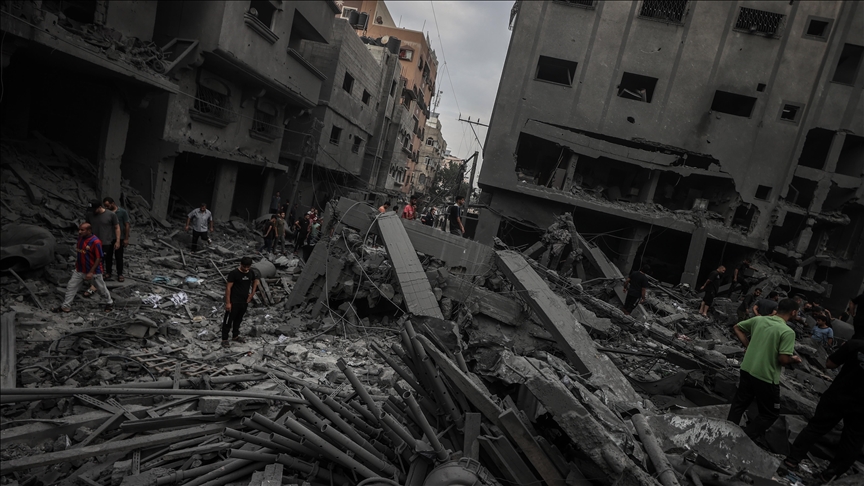
-
United States: President Trump has called for Iran to accept a deal limiting its nuclear ambitions and urged civilians to evacuate Tehran. The U.S. is closely monitoring the situation, with discussions about possible further involvement.
-
Global Community: China, Turkey, the European Union, and the United Nations have all called for restraint and a return to negotiations. The G7 leaders have drafted a statement demanding de-escalation and emphasizing that Iran must not acquire nuclear weapons.
-
Canceled Talks: Planned U.S.-Iran nuclear talks, mediated by Oman, were canceled as Iran refused to negotiate while under attack.
What Are People Searching For?
Search trends show that people want to know:
-
The latest updates on missile strikes and casualties in both countries.
-
Whether the conflict could lead to a larger war in the Middle East.
-
The status of Iran’s nuclear program after the Israeli strikes.
-
How the conflict might affect oil prices, global security, and travel.
-
What world leaders are doing to stop the fighting and bring about peace.
What Does This Mean for the Future?

1. Escalation or Ceasefire?
Both sides have suffered losses, but neither appears ready to back down. Israel’s government claims its actions are necessary for survival, while Iran insists on defending its sovereignty. The risk of further escalation remains high, especially if either side targets more symbolic or strategic sites.
2. Nuclear Concerns
Israel’s strikes have damaged some of Iran’s nuclear facilities but have not destroyed the program entirely. Experts warn that Iran may accelerate its nuclear activities once the conflict subsides, making future negotiations even harder.
3. Regional Ripple Effects
The conflict threatens to destabilize the broader Middle East. Neighboring countries worry about spillover violence, refugee flows, and disruptions to oil supplies. International shipping routes, such as the Strait of Hormuz, are at risk, potentially impacting global trade.
4. The Role of the United States
President Trump faces a critical decision: whether to deepen U.S. involvement or push for restraint. His choice could shape not only the outcome of this conflict but also America’s role in the region for years to come.
5. Humanitarian Crisis
With hundreds dead and thousands injured, the humanitarian toll is mounting. Hospitals are overwhelmed, and many families are seeking shelter. Aid agencies are urging all parties to allow safe passage for civilians and medical supplies.
Suggestions for De-escalation
-
Immediate Ceasefire: Both countries should halt attacks and open humanitarian corridors for civilians.
-
Return to Negotiations: International mediators, such as the United Nations or neutral countries, should facilitate renewed talks on nuclear issues and regional security.
-
International Monitoring: The IAEA and other agencies should be allowed to inspect nuclear facilities and verify compliance with non-proliferation agreements.
-
Regional Dialogue: Neighboring states and regional organizations (like the Gulf Cooperation Council) should be included in talks to address broader security concerns.
-
Public Communication: Both governments should provide accurate information to their citizens and avoid inflammatory rhetoric that could fuel further violence.
A Crossroads for the Middle East

The Iran-Israel conflict of 2025 marks a turning point in Middle Eastern history. The stakes are high—not just for the two countries involved, but for the entire region and the world. As the fighting continues, the international community faces a crucial test: Can diplomacy and restraint prevent a wider war, or will old rivalries plunge the region into deeper chaos?
For now, the world watches and waits, hoping that leaders on all sides choose the path of peace over the devastation of war.
With inputs from agencies
Image Source: Multiple agencies
© Copyright 2025. All Rights Reserved Powered by Vygr Media.

